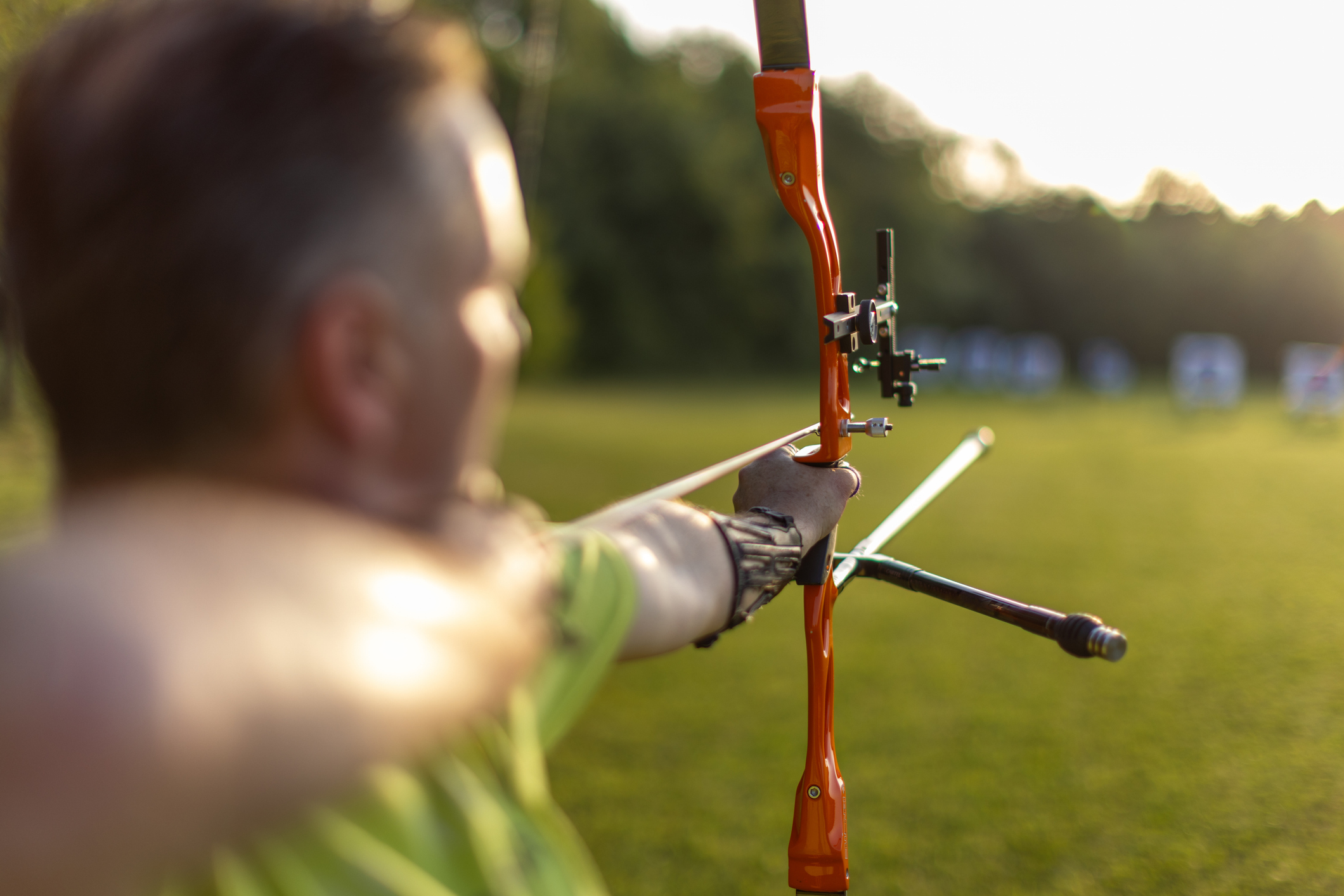I was recently fortunate enough to attend a mental health expo as a work event. While I didn�t manage our company�s booth, I was able to explore the entire expo with a group of clients and learn about local...
I was recently fortunate enough to attend a mental health expo as a work event. While I didn�t manage our company�s booth, I was able to explore the entire expo with a group of clients and learn about local resources in our area. I got to talk to local therapists who are just starting out in their practice, as well as learn about housing options for people who are either struggling with substance use or a persistent mental illness. During the expo, visitors were able to attend an hour long seminar on various topics. The topic that most peaked my interest was on mindfulness. I learned so much about mindfulness, which I�ll share below, and I thought this would make for a great post for mindfulness for beginners!

First Things First�What Is Mindfulness?
When I first began thinking about mindfulness I automatically assumed it was the same thing as practicing meditation. I pictured mindfulness requiring being in a dark room, with zero distractions, eyes closed and sitting criss-cross applesauce on the floor.
While meditation can be a form of mindfulness, meditation doesn�t encompass mindfulness. I learned that mindfulness can be done at any time and in any place, with some practice.
So, what is mindfulness? Mindfulness is simply the task of being in and noticing the present moment you are in. You don�t want to constantly be thinking about the past, dwelling on that embarrassing moment you had in middle school, or that argument you had with your mom that you just can�t take back. You also don�t want to worry about the future. While it�s important to set goals for yourself and think about the future, you shouldn�t be worrying about it. Easier said than done, right? You don�t want to spend all of your time worrying if you�ll ever be able to live in a more aesthetically pleasing home or if you�re ever going to be able to do work that you truly love. You should strive to live in the present moment, exactly where you are.

Simple Examples of Mindfulness for Beginners
I�ll give you an example of mindfulness which will be perfect for beginners! First, I want you to think about walking outside, or even sitting outside. Whether you have a yard or you sit on your patio or balcony, you can practice mindfulness. I want you to notice some things that are in your present moment, and block out the past and the future�notice the sounds that you hear. Can you hear birds chirping or singing to each other? Notice the trees. Are they swaying back and forth, or do you see leaves falling? Notice the pinecones on the ground. Pick them up, and feel their texture. Are they pointy and rough around the edges? THAT is what it means to notice and be in the present moment.
Maybe being outside isn�t your thing. I�ll give you another example that virtually everyone can do. I want you to notice some things when you take a shower. When you�re washing your hair I want you to notice how the water feels. How does it feel when it falls on your shoulders? When you�re using your favorite soap or body wash, how does it smell? Is it a smell that you actually enjoy and is pleasing to you, or did you just purchase it on a whim because it was at a bargain price that you couldn�t pass up. If you shave your legs, notice how your legs feel silky smooth. When you step out of the shower, notice how your toes and feet feel when they wiggle around on your bath mat. And when you�re putting on lotion or moisturizer or skin serum, notice how it feels when you glide it across your skin.
Doing these simple tasks, and being in the present moment, is what it means to practice mindfulness.
How to Practice Mindfulness When You�re Surrounded By Loud Noises
While in the seminar, we were able to have a Q&A. I eagerly raised my hand because I just had to know the answer to this question�how in the world do you practice mindfulness when you�re almost constantly surrounded by loud noises and you�re overstimulated?
In my own life, overstimulation looks like this: my kids have the volume of the t.v. on level 40. I can hear the loud sound of the washing machine rumbling around. I can hear the slightest hum coming from our refrigerator. And while all of these things are buzzing around me, I�m also more than likely scrolling on my phone where I�m surrounded by even more overstimulation. I�m reading quotes, seeing pictures of loved ones, and I�m inevitably watching either a TikTok or an IG reel with silly singing or voiceovers.
ALL of these things cause chaos in my brain, and I�m willing to bet it does for you too.
During this seminar I learned that our brains were not created to handle all of this overstimulation in today�s world. Being overstimulated actually causes chaos in our brains. And when our brains are filled with chaos, our anxiety automatically rises. Kind of like when you�re in the car, driving in a big or unknown city, and your kids are talking in the background, you hear *ding, ding, ding* from your phone, and your radio is on. All of those noises are causing chaos in your brain, thus raising your anxiety and making for a less confident driver. You might grip tightly to your steering wheel or even completely miss your exit.
The presenters who put on the seminar taught us to practice the 5-4-3-2-1 grounding technique, which is a form of mindfulness for beginners. During this technique, you�re going to want to do the following:
Acknowledge 5 things that you can directly see around you. Acknowledge 4 things that you can touch around you. Acknowledge 3 things that you can hear around you. Acknowledge 2 things that you can smell around you. And finally, acknowledge 1 thing that you can taste.Acknowledging these items are a super easy way for beginners to practice mindfulness. It�s something you can do at any time, in any place.
The presenters also taught us some breathing techniques to use when we�re feeling overstimulated but we still want to practice mindfulness.
Easy Breathing Techniques for Mindfulness for Beginners
The easiest breathing technique I want to share with you was called Bumble Bee Breathing. During this simple exercise, you�re going to want to place both of your hands either over your chest or over your ears. Next, you�re going to take a BIG inhale in, and while you�re EXHALING, you�re going to want to make a humming sound as if you were a bumble bee.
Do this Bumble Bee breathing technique a few times. If you have your hands over your chest, notice how you can feel the vibrations through your body from the humming sound you�re making. If you have your hands covering your ears, notice how you can hear the vibrations.
Doing this breathing technique can instantly decrease overstimulation and anxiety in our brains, and it�s also an easy way to stay in the present moment and practice mindfulness.
Closing Thoughts
I think it�s easy to see that it is easy to practice mindfulness and even a beginner can participate in it. Whether you�re gardening, painting, or sitting in your living room with the t.v. on, you can absolutely practice mindfulness through being in the present moment, and also practice breathing techniques such as Bumble Bee Breathing.
If this has helped you, please feel free to share this post on social media! And if you have any additional information that you want to add regarding mindfulness, feel free to comment below!
The post How To Practice Mindfulness for Beginners first appeared on The Mental Refuge.










